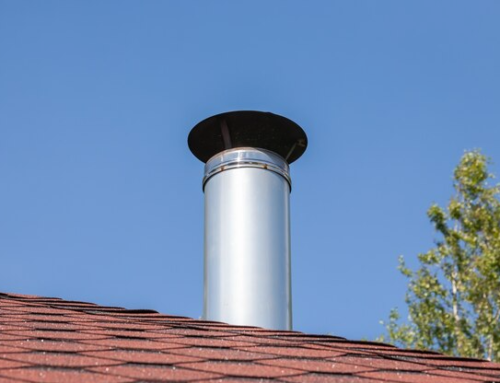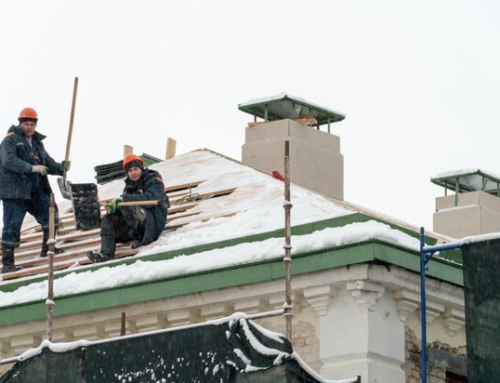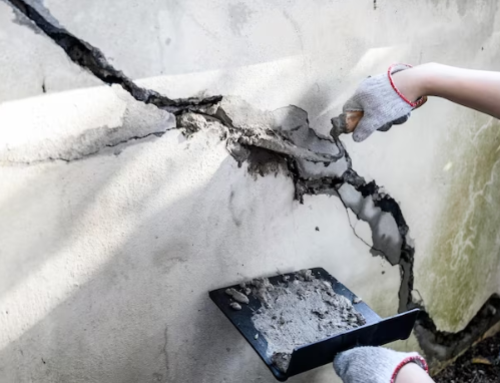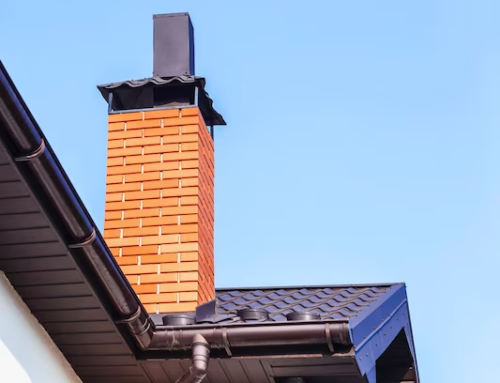Chimney liners are essential for any chimney. They come in different types, but their job is crucial in ensuring a chimney works efficiently and preventing accidents and damages. Before we talk about the importance of chimney liners, let’s look at their different types:
Types of Chimney Liners
Clay Tile Liner
Clay has been used to line chimneys since the 1900s. Clay can withstand astronomical levels of heat. Hence it is a good choice to line your chimneys with. It’s very durable, if installed properly, and can last for more than 50 years!
Cast-in-Place Liner
Cast-in-place lining is preferred when there are reinforcements to be made, like a new flue in an existing chimney. Like clay, cast-in-place liners are not affected by high temperatures of heat. Hence, they are the perfect material to line chimneys with.
Metal flue liner
Metal flue liners, mostly made of stainless steel, come in two different types: rigid and flexible. Whichever one suits your chimney will be used, as advised by a professional. Metal liners expand and contract depending upon the amount of heat, which could lead to less build-up of creosote and sot, but it corrodes easily, so it is less durable.
All Chimney lining options come with their pros and cons, as well as at different costs:
Importance of Chimney Lining
Protects the Chimney
The by-products of combustion, the flue gases, are corrosive and can severely damage your chimney’s brickwork, drastically lowering its lifespan. Your flue’s gases are naturally acidic, which will dissolve the brick and mortar. When the mortar in your home deteriorates, dangerous chemicals such as carbon monoxide can seep into your home.
Prevents House Fires
A chimney liner aims to retain and direct combustion products (such as smoke and gas) outdoors. The chimney will become dangerously hot without a liner while in operation, greatly increasing the risk of a house fire. According to research, Chimneys without a liner heat up so quickly that the walls and flooring nearby can catch fire in as quickly as three and a half hours. A properly installed chimney lining avoids heat absorption and drives smoke or gas upward, away from your home.

Increases Efficiency
Your chimney liner serves two objectives if your chimney is connected to a furnace or wood-burning stove:
- Allow gas and smoke to escape
- Supply combustion air to the stove. (if it is connected)
Liners provide better insulation, ensure higher temperatures within the chimney, and lesser build-up of creosote, subsequently leading to cleaner-burning fires and less usage of fuel.
These were some of the reasons why a chimney liner is essential to have in your chimney. If you’re looking to get your chimney liner repaired, or a new one installed, in Connecticut, CT Chimney Repair should be your go-to company. We also offer chimney cleaning, chimney repairs, masonry repairs, fireplace remodeling, and much more. Book your appointment today!







